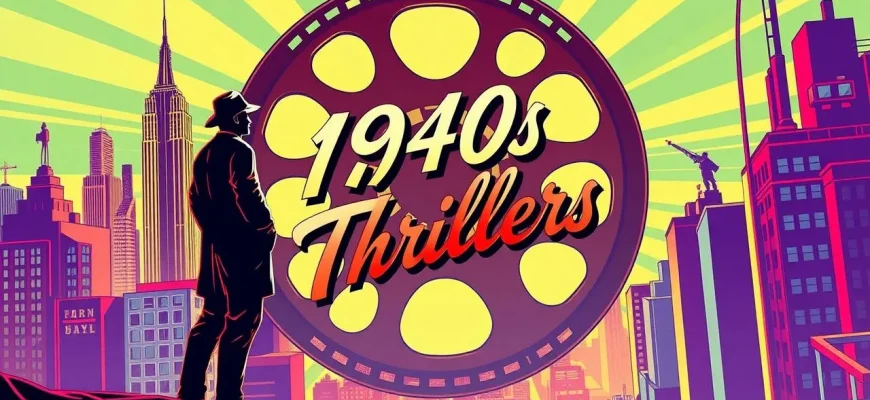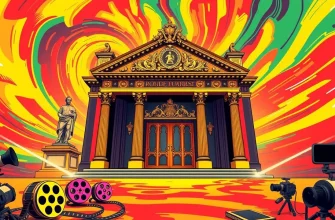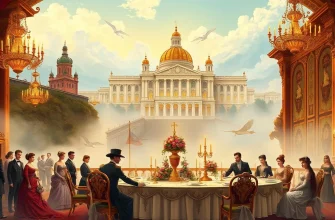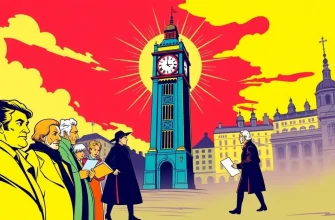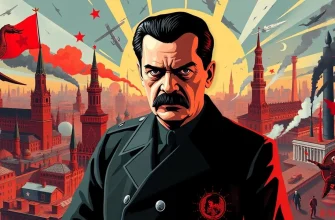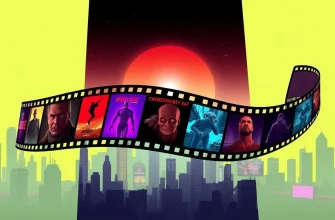The 1940s were a time of great change, with the world at war and societies in flux. This era produced some of the most memorable thrillers, capturing the tension and uncertainty of the time. This collection of ten films showcases the best of 1940s suspense cinema, offering viewers a glimpse into the era's atmosphere of mystery, espionage, and psychological tension. Each film has been selected for its ability to transport audiences back in time while delivering gripping narratives and unforgettable performances.
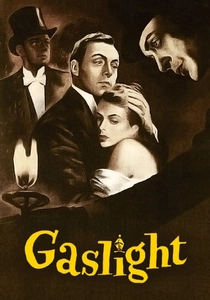
Gaslight (1944)
Description: A psychological thriller about a woman whose husband manipulates her into believing she's going insane. The term "gaslighting" originates from this film, making it a landmark in psychological thrillers.
Fact: The film was remade in 1944 from a 1940 British film of the same name. Ingrid Bergman won an Academy Award for her role.
 Watch Now
Watch Now
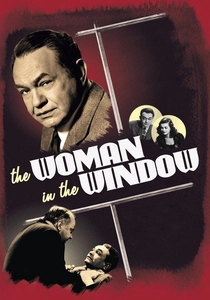
The Woman in the Window (1944)
Description: A professor becomes embroiled in a murder mystery after meeting a mysterious woman. This film explores themes of guilt, paranoia, and the consequences of one's actions.
Fact: The film was directed by Fritz Lang, known for his work in German Expressionism. It was remade as "The Man Who Cheated Himself" in
 Watch Now
Watch Now
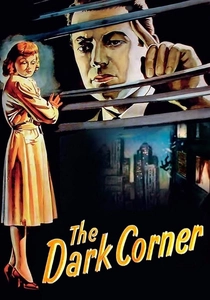
The Dark Corner (1946)
Description: A private detective is framed for murder, leading to a complex web of deceit and betrayal. This film noir captures the essence of 1940s paranoia and urban decay.
Fact: Lucille Ball, known for her comedy roles, plays a dramatic part in this film. The movie was shot on location in New York City.
 Watch Now
Watch Now
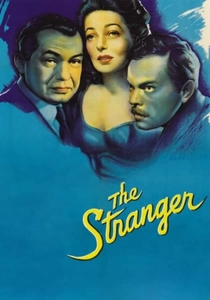
The Stranger (1946)
Description: A war crimes investigator tracks a Nazi fugitive to a small American town. Orson Welles directs and stars in this tense thriller about hidden identities and justice.
Fact: This was Orson Welles' only film as a director during the 1940s that was a commercial success. It was filmed in part at the historic Connecticut town of Stamford.
 Watch Now
Watch Now
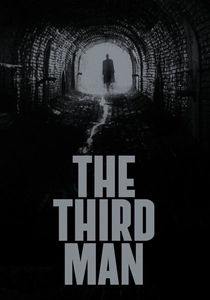
The Third Man (1949)
Description: This film noir classic, set in post-war Vienna, follows an American writer who discovers his friend's involvement in the black market. Its labyrinthine plot and iconic zither score make it a quintessential 1940s thriller.
Fact: Orson Welles improvised his famous cuckoo clock speech. The film was shot in Vienna, using the city's bombed-out buildings as a backdrop.
 Watch Now
Watch Now

The Lodger (1944)
Description: A remake of Alfred Hitchcock's silent film, this version explores the Jack the Ripper legend with a new twist, focusing on the psychological tension within a boarding house.
Fact: The film was directed by John Brahm, who was known for his work in horror and suspense films. It was one of several films to revisit the Jack the Ripper story in the 1940s.
 30 Days Free
30 Days Free
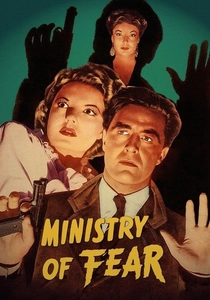
Ministry of Fear (1944)
Description: A man recently released from an asylum stumbles into a spy ring during World War II. The film's blend of noir and espionage elements makes it a standout thriller.
Fact: Based on a novel by Graham Greene, the film was adapted by Seton I. Miller. It features a famous cake scene where a spy message is hidden in a cake.
 30 Days Free
30 Days Free
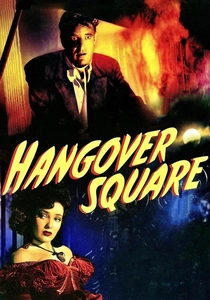
Hangover Square (1945)
Description: A composer with a split personality becomes a murderer during his blackouts. This film delves into psychological horror and the dark side of creativity.
Fact: The film was based on a novel by Patrick Hamilton. The ending was changed from the book to provide a more dramatic conclusion.
 30 Days Free
30 Days Free
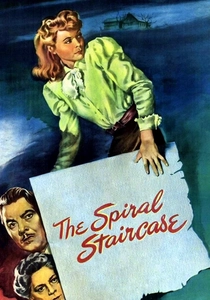
The Spiral Staircase (1946)
Description: Set in 1916, this film follows a mute woman who is stalked by a serial killer targeting women with disabilities. Its suspenseful atmosphere and unique setting make it a gripping watch.
Fact: The film was shot in black and white to enhance its gothic atmosphere. It was remade in
 30 Days Free
30 Days Free
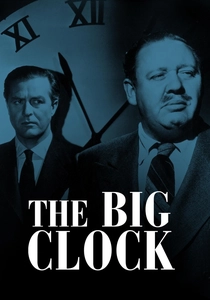
The Big Clock (1948)
Description: A magazine editor finds himself in a race against time to clear his name when he's accused of murder. The film's intricate plot and clock motif add to its suspense.
Fact: The film was remade in 1987 as "No Way Out." The clock in the title refers to the massive clock in the magazine office, which plays a pivotal role in the story.
 30 Days Free
30 Days Free

